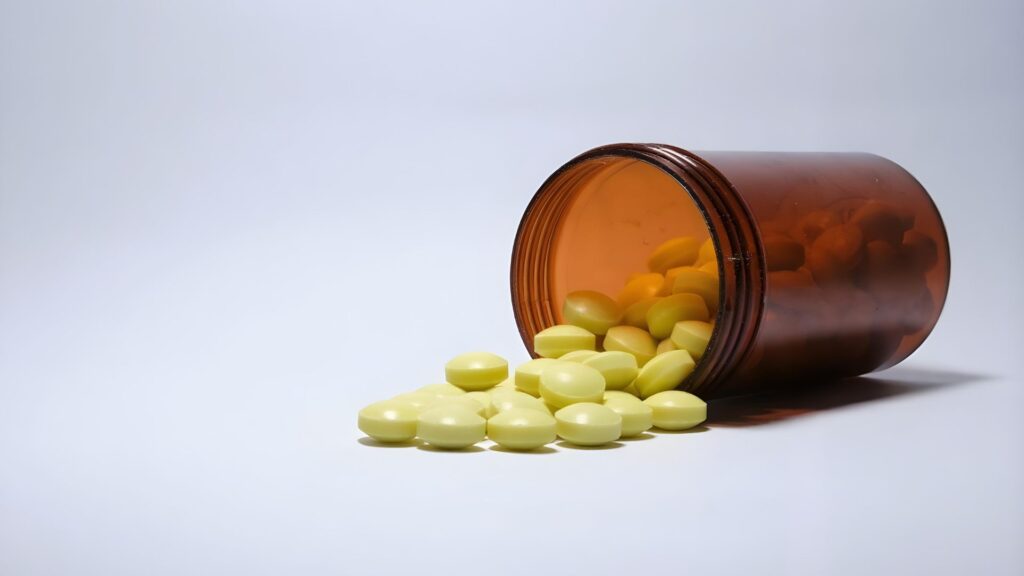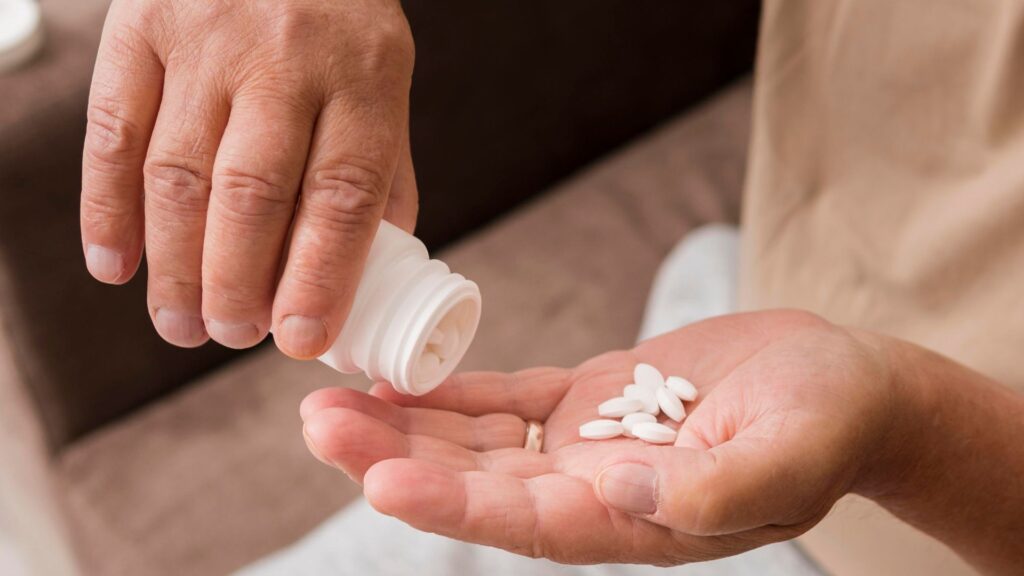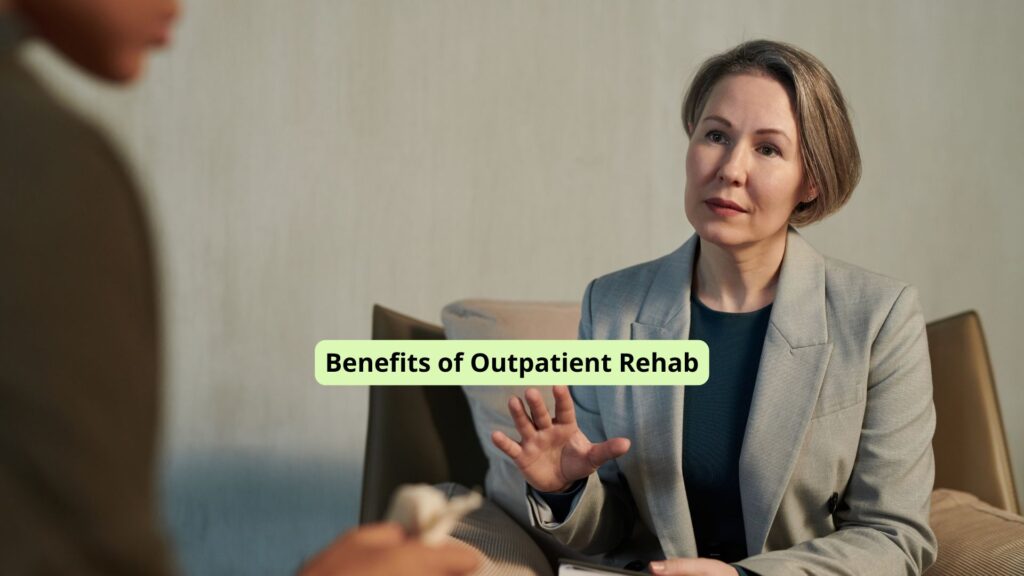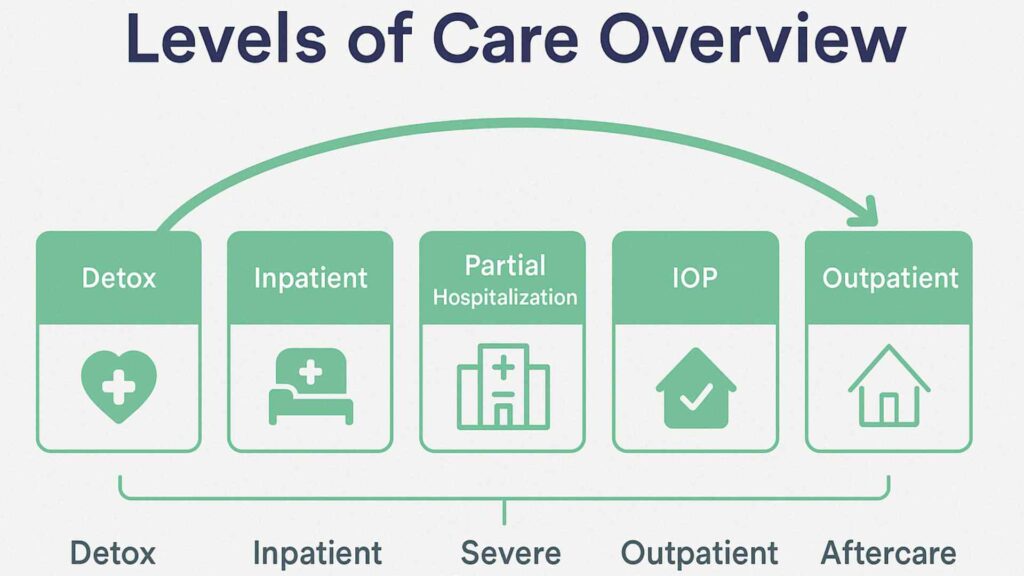Opioid cravings are one of the toughest hurdles in recovery. They can strike without warning, linger long after detox, and place progress at risk. Because these cravings can feel overwhelming, knowing how to handle them is essential for preventing relapse and building lasting stability.
In this article, we’ll explore why cravings happen and outline practical ways to manage them without returning to opioid use.

Understanding the Nature of Opioid Cravings
Opioid cravings stem from both psychological conditioning and neurochemical changes in the brain. Even after detox clears the substance from the body, the brain may still respond to environmental cues, stress, or emotional triggers by generating intense urges to use. Unlike withdrawal symptoms, which are physical and time-limited, these compulsions are psychological and can persist for months or years.
Cravings often emerge from memory-based associations. The brain remembers the relief opioids provided and responds by generating desire when discomfort returns. Recognizing these feelings as a learned response, rather than a sign of failure, can empower individuals to separate the urge from the action.
For those who want added guidance in handling these urges, the Opioid addiction treatment and the relapse prevention program in Toledo, OH, which we offer at Abundance Treatment, provide structured strategies and support for long-term recovery.
Identifying Personal Triggers
Cravings often begin with subtle cues. A stressful day, a restless evening, or even the sight of a familiar place can awaken the brain’s memory of opioid use. These cues, whether emotional or environmental, act as sparks that reignite the desire to use.
Some influences are internal, such as anxiety, boredom, or frustration, while others are external, like hearing music tied to past experiences or running into people once connected to drug use. Recognizing these patterns makes it easier to prepare for them. For example, someone who notices stronger urges when alone at night might choose to schedule a call with a sponsor or join a support meeting during that time.
The aim isn’t to avoid life’s challenges but to shape routines and surroundings in ways that make staying free from opioids more realistic and sustainable.
Building Mental Resilience Through Behavioral Strategies
Cognitive Behavioral Therapy (CBT) is one of the most effective tools for changing the thoughts and behaviors that fuel addiction. It teaches individuals how to recognize distorted thinking and replace it with healthier coping mechanisms.
A technique called urge surfing, often used in behavioral therapy for addiction, encourages individuals to observe their craving as a wave. Instead of resisting or feeding it, they ride it out, knowing that the intensity will eventually pass. This approach helps detach from the craving without acting on it, reinforcing self-control.
The Role of Medication-Assisted Treatment (MAT)
For some people, behavioral tools alone are not enough to keep these urges under control. In these cases, medication-assisted treatment (MAT) offers medical support that directly addresses the brain’s chemistry.
Three FDA-approved medication options commonly used are:
- Buprenorphine: eases withdrawal symptoms and lowers temptations.
- Methadone: provides steady opioid levels to prevent the cycle of highs and lows.
- Naltrexone: blocks the effects of opioids, removing the “reward” that fuels use.
When paired with counseling and ongoing support, these medications reduce the mental pull toward opioids and create space for people to rebuild their lives. MAT is a well-researched, evidence-based approach that has been shown to lower return-to-use rates and support long-term recovery.
Using Mindfulness and Stress Reduction Techniques
Stress can quickly amplify the urge to use, making recovery feel more difficult. Mindfulness offers a way to pause, notice what’s happening in the body, and respond more calmly rather than reacting impulsively.
Practices like deep breathing or guided meditation help lower physical tension and steady the nervous system. This shift makes cravings feel less urgent and easier to manage. Observing emotions without judgment allows mindfulness to create space to ride out discomfort while staying grounded and in control.
Creating a Strong Support Network
Reaching out to others, whether through a sponsor, a therapy group, or peer-led meetings, breaks that isolation and brings immediate relief. These connections provide accountability and encouragement at the moments when it’s needed most.

Even a single conversation with someone who understands recovery can interrupt the cycle of an urge and shift attention back to long-term goals. Surrounding yourself with people who are also committed to sobriety builds consistency, strengthens confidence, and makes the recovery path feel less isolating.
Structuring a Daily Routine to Stay Focused
Long stretches of idle time often give cravings room to grow. Having a clear daily schedule reduces that risk by creating rhythm and predictability throughout the day.
Simple habits, such as waking up at a set time, eating balanced meals, exercising, and engaging in recovery-focused activities, help anchor the mind and body. These regular practices provide stability, leaving less space for urges to take hold. Consistency turns healthy routines into a foundation that makes recovery feel steady and sustainable.
What to Do When a Craving Hits
- Distract with purpose: Do something focused, call someone, walk briskly, play a game, or cook. This interrupts the mental loop fueling the urge.
- Delay the decision: Commit to waiting 15–30 minutes before acting. Most urges peak fast and then wane, and giving them time can reduce their hold.
- Ground yourself with a sensory anchor: Use a grounding exercise (e.g., “5-4-3-2-1”—name 5 things you see, 4 you touch, etc.), cold water on the face, or holding a textured object. This shifts brain activity away from the circuitry involved in craving.
- Journal or talk it out: Write down where you feel the urge, what triggered it, or call someone who understands the struggle. Translating internal tension into words can reduce its intensity and re-center perspective.
Using these tools consistently gives you choices in the moment. Reaching out for help remains essential, not as a sign of weakness, but as a powerful relapse-prevention step.
Final Thoughts from Abundance Treatment
Managing opioid cravings without relapse is challenging but possible through strategies like therapy, mindfulness, support networks, and medication-assisted treatment, all of which foster lasting recovery.
At Abundance Treatment, our Relapse Prevention Program in Toledo, Ohio, offers personalized strategies, emotional support, and evidence-based therapies designed to help you recognize triggers, build healthy coping skills, and maintain long-term sobriety. Whether you’re newly sober or have been in recovery for years, our compassionate team is here to support you every step of the way, helping you stay grounded, empowered, and connected.




































